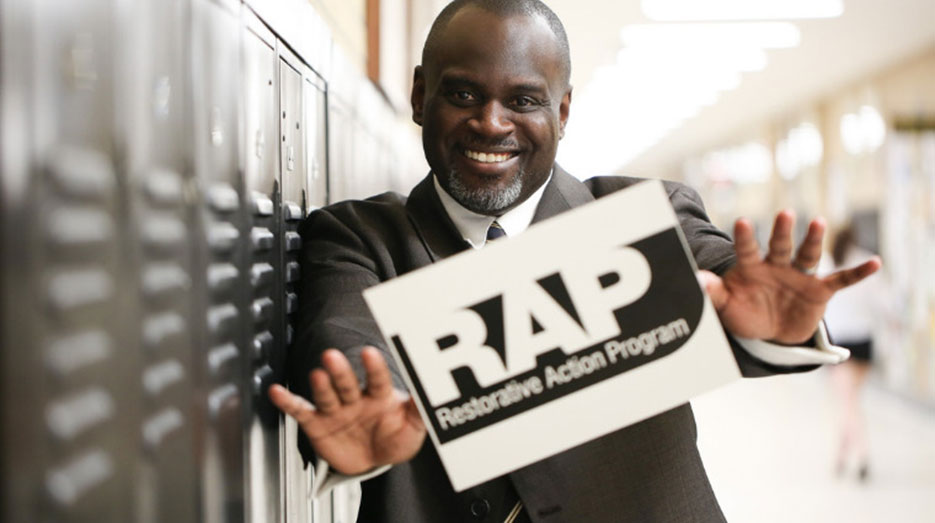
DICE Maps Out Data For Restorative Action Program
Digital Integration Centre of Excellence (DICE) applied research team assists Saskatoon’s RAP to paint a better picture on data collected on youth issues students are facing outside high school classrooms
When the Restorative Action Program (RAP) came to Saskatchewan Polytechnic, they were looking for a way to improve their database. By bringing in the expertise of the Digital Integration Centre of Excellence (DICE) applied research team, doors were opened.
DICE works collaboratively with various industry partners to help solve their data challenges — particularly those related to data integrity, data transmission, and data analysis and storage.
“We knew we needed assistance with our data but we weren’t exactly sure what we were looking for,” explained Winston Blake, executive director of the Saskatoon Restorative Action Program. “When we talked to DICE about what we envisioned needing, they were filling in the blanks. We were blown away. They started to map a clear journey for us.”
The RAP’s mandate is to assist youth with any issues outside the classroom. These can include conflict, bullying, crime and mental health needs. Working in nine high schools across two school divisions in Saskatoon, the program provided direct support to 1,220 students, conducted 236 conflict mediations and provided one-on-one student support 2,173 times last year.
These numbers speak to the need of the program but Blake and his team needed additional information from their data.
“We knew we were helping kids but we needed to measure that. We needed to know what the impact of our work is. How do we ensure our work is effective,” he explained.
“We helped them standardize their information with graph databases that can be expanded and evolve over time,” explained Dr. Cyril Coupal, senior research associate for DICE.
“Now they are able to analyze the data and see links to things they didn’t realize were linked before. It’s the tip of the iceberg.”
Using the data in the new format, RAP is able to track outcomes of work done with students on a particular type issue and determine which were successful. From there they can look at similar incidents across all schools and put the effective plan into action more efficiently.
“We can now pull up data and see what is going on in our schools. It gives us an understanding of what interventions are working and what programming we need to bring in,” said Blake. “What we are doing is actually making a difference in kids’ lives.”
“The partnership with DICE has been incredible,” said Blake. “They have been translators for us. Co-visionaries for us. They understand RAP and understand why things should be done in a certain way.”
As they analyze the data, RAP can now see trends that they were not aware of and put plans in place much faster. Through the work done in the schools, RAP has the ability to track students over a number of years, collecting information that can be used to create effective programming and action plans.
The data being collected now is helping RAP in Saskatoon but can also be used as a model for expansion into other communities. It shows what programs have worked, where supports are needed and where to focus resources.
“Think of what can happen if RAP is in other communities. They can look at our data and determine best practices for services. They won’t have to experiment. We have data of what works and what does not work,” said Blake.
The partnership between RAP and DICE is typical of work the DICE group does in the community.
Businesses, industries and non-profits work with DICE on data issues or challenges. This can be as basic as to how to identify usable business statistics or as complex as using machine learning and artificial intelligence to ensure constant process optimization on a production line.
“We can sit down with a client and work together to determine what their needs are and how to find solutions,” said Coupal.
To learn more visit saskpolytech.ca/dice.
November 2021